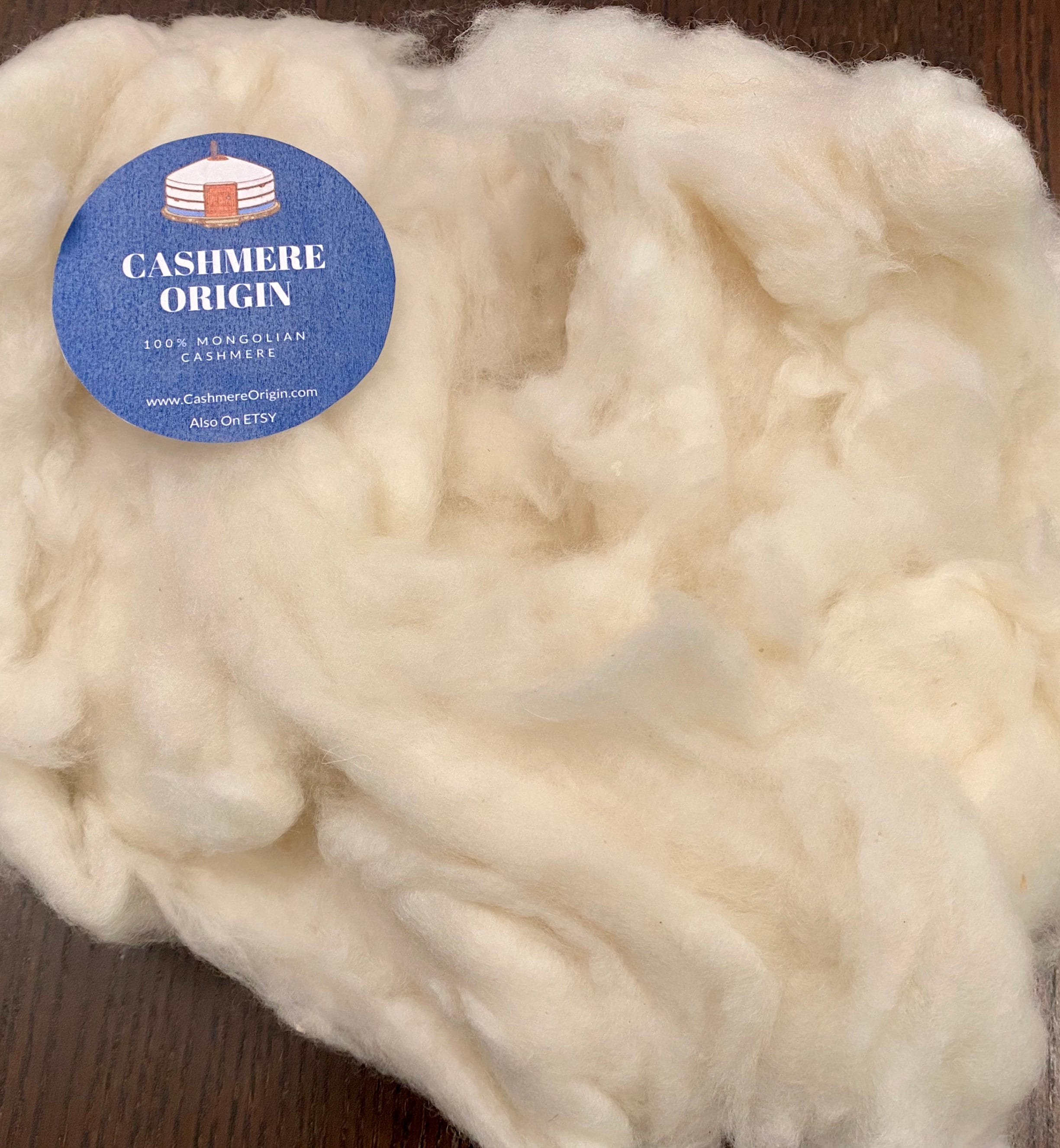The Reality Behind Is Cashmere a Natural Fiber and Its Eco-Friendly Appeal
The Reality Behind Is Cashmere a Natural Fiber and Its Eco-Friendly Appeal
Blog Article
Understanding the Different Sorts Of Cashmere a Natural Fiber and Their One-of-a-kind Benefits

The Beginnings of Cashmere: A Historic Overview
While the extravagant touch of cashmere proceeds to appeal contemporary customers, its beginnings trace back to the extreme, cool climates of Mongolia and the Himalayas. For centuries, the aboriginal peoples of these regions have actually been elevating Capra Hircus goats, the prime source of cashmere wool. These goats, durable versus the severe wintertimes, expanded a great undercoat to survive, which later ended up being called cashmere. The name itself pays homage to Kashmir, a region in India where the woollen was initially processed. Much of the early cashmere trade course was facilitated by the Silk Road, linking Asia with the Center East and Europe. Despite its global spread, the finest cashmere is still believed to originate from the original regions of Mongolia and the Himalayas.

The Manufacturing Process: From Goat to Garment
Shearing a Capra Hircus goat notes the beginning of the complex cashmere manufacturing process. This delicate treatment generally happens annually during spring. The penalty, soft undercoat is after that separated from the coarser outer hair, a procedure referred to as dehairing. The resultant raw cashmere is after that cleaned to remove pollutants such as grease, dust, and vegetable matter.
The clean fiber undergoes coloring, rotating, and weaving, or knitting, to transform it into a material. Complicated treatments such as top quality control checks and ending up procedures comply with, making certain completion item keeps the luxurious standard anticipated of cashmere. This meticulous process, from goat to garment, validates the high expense connected to cashmere products, making them a symbol of luxury and improvement.
The Different Kinds Of Cashmere: An In-depth Analysis

The One-of-a-kind Advantages of Cashmere: Convenience and Sustainability
Relocating from the selection of cashmere types to the advantages they supply, comfort and sustainability stand apart plainly. Cashmere, a natural fiber, is renowned for its unmatched softness, offering a degree of convenience that synthetic fibers can't match. The material's agility, yet outstanding warmth retention, makes it optimal for all periods. Furthermore, cashmere's all-natural elasticity allows it to go back to its original form, making it immune to shrinking or extending.
When it comes to sustainability, cashmere is renewable and naturally degradable, as it's harvested from cashmere goats linked here who regrow their coats each year. what is cashmere. Unlike synthetic fibers which can take centuries to disintegrate, cashmere's influence on the environment is very little. This mix of convenience and sustainability makes cashmere a useful option for conscious consumers

Taking Care Of Your Cashmere: Maintenance and Conservation Tips
While cashmere is definitely a lasting and elegant selection, it needs details care to preserve its high quality and extend its life-span. To begin, cashmere should be hand washed making use of chilly water and a mild cleaning agent. Avoid twisting or wringing the garment as it can damage the fibers. Rather, gently eject excess water and lay it flat on a towel to completely dry. Cashmere items should be saved in a trendy and completely dry place, away from direct sunshine and wetness. Making use of moth repellents can shield these garments from prospective damage. It's recommended to prevent hanging cashmere to stop stretching. Instead, fold and store them effectively to preserve their form and quality in time.
Buying Cashmere: Understanding Its Value and Worth
Although cashmere might originally look like a pricey investment, its long-term worth and worth come to be noticeable when you consider its impressive high qualities. Recognized for its unrivaled soft qualities and heat, cashmere is a costs natural fiber that outperforms other materials. Its high need and minimal supply add to its high rate, but its durability guarantees it lasts for many years, using outstanding worth for cash. Cashmere pieces are ageless, often coming to be antiques gave via generations. what is cashmere. Moreover, its natural insulating residential properties provide warmth without the bulk of synthetic fibers. Investing in cashmere, therefore, is not almost current style patterns, but concerning embracing a lasting, resilient, and glamorous way of living.
Verdict
In recap, the kind of cashmere one chooses, be it Mongolian, Chinese, or Italian, is dictated look at here by specific choices for warmth, luxury, budget plan, and sustainability. Understanding the beginnings, manufacturing procedure, and one-of-a-kind advantages of different kinds of cashmere can assist customers in their financial investment in this lavish all-natural fiber.
Whether it's the remarkable warmth of Mongolian cashmere, the price of Chinese cashmere, or the eco-conscious manufacturing of Italian cashmere, there's a tale to be discovered behind each fiber type. Cashmere, an all-natural fiber, is renowned for its unrivaled soft qualities, offering a degree of comfort that artificial fibers can't match.When it comes to sustainability, pop over to these guys cashmere is biodegradable and sustainable, as it's gathered from cashmere goats who regrow their coats yearly. Recognized for its unmatched softness and heat, cashmere is a costs natural fiber that exceeds various other products. Recognizing the origins, production procedure, and one-of-a-kind advantages of various types of cashmere can direct customers in their investment in this luxurious natural fiber.
Report this page